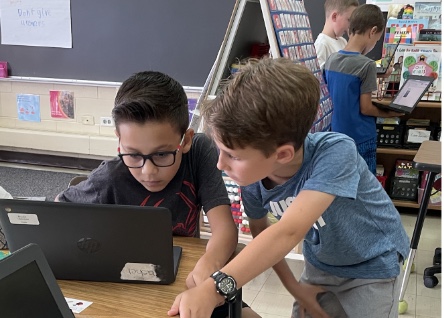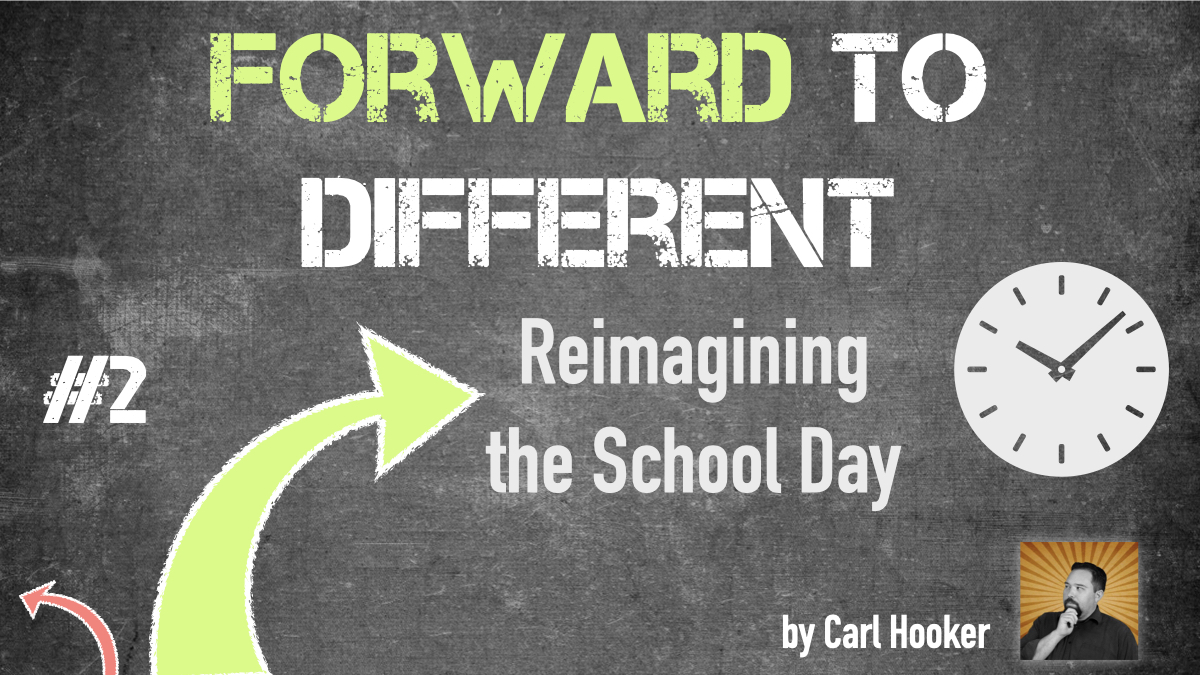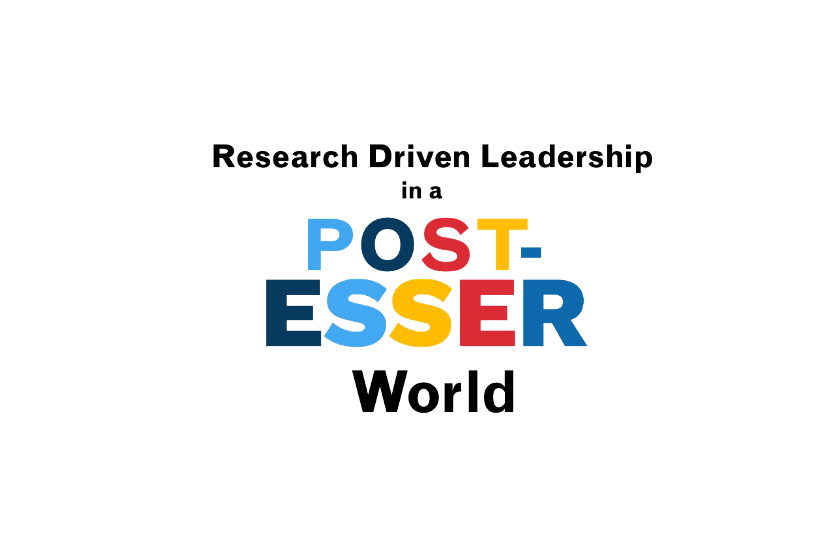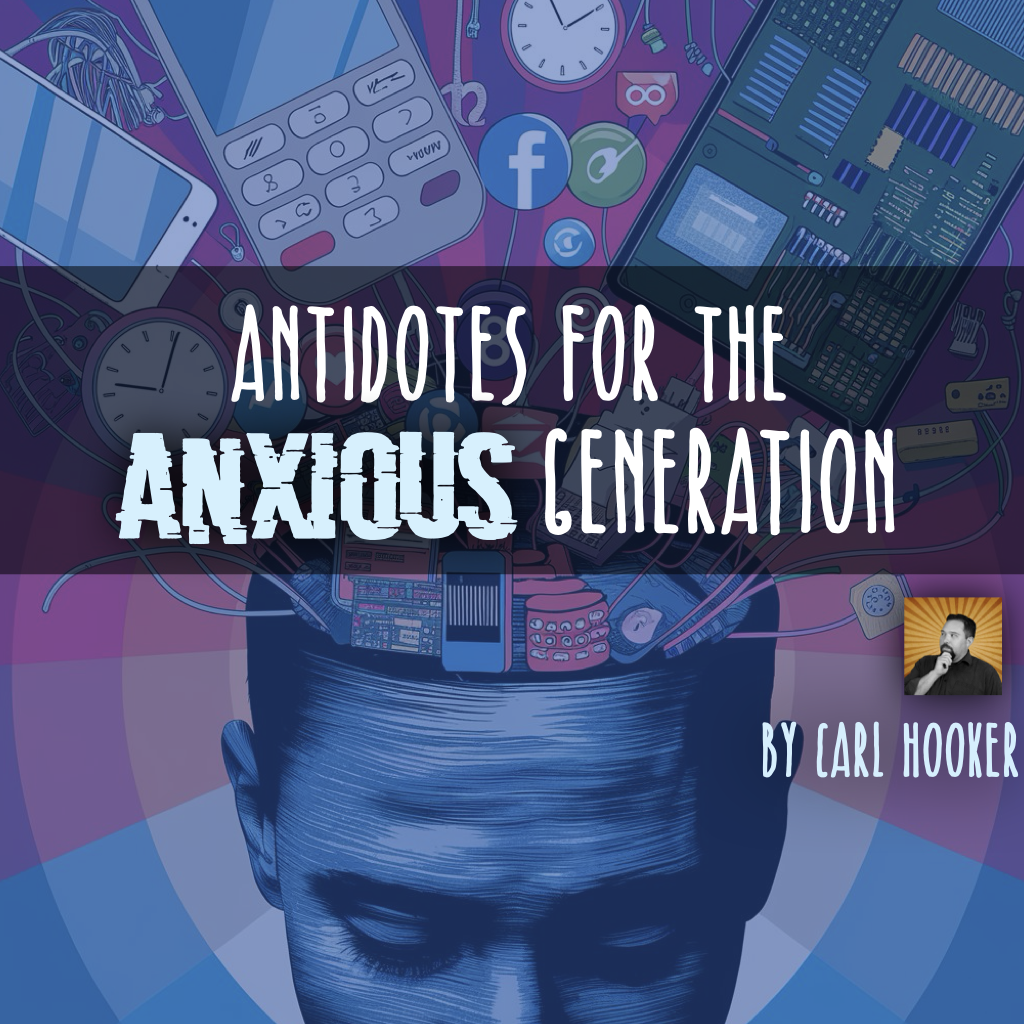Blended Learning: Clarifying Misconceptions

The term “B.C.” seems to have taken on a new meaning: Before COVID . The pandemic caused us to re-imagine life in many ways. The creative methods people found to connect, lift each other’s spirits, and stay strong amid challenging times were astounding. We adapted. We changed. We often compare our B.C. life to life now, post-pandemic; especially when discussing teaching and learning. Words like “synchronous” and “asynchronous” became part of our everyday vocabulary, and “remote” no longer meant the thing you use to change the channels on the TV. The quick pivot to “online learning” challenged teachers, students, and families in many ways. As we emerge from the pandemic and move forward, many people need clarification on effective blended learning practices and how they differ from pandemic teaching and learning.
What is “blended learning,” and how can you help families, caregivers, administrators, and other stakeholders understand its use to support today’s learners ?
People often use the term “modern” to describe blended learning; however, blended learning existed B.C., before COVID. In fact, these practices emerged decades ago. The pandemic, however, propelled the term “blended learning” to the forefront of educational discussions among educators and families alike, causing misconceptions and confusion. According to Catlin Tucker, “Blended learning is the combination of active, engaged learning online combined with active, engaged learning offline to provide students with more control over the time, place, pace, and path of their learning.” This definition keeps students at the center of learning. The notion that anything “modern” equates to “screen time” is entirely inaccurate. Instead, a modern classroom utilizes space, pedagogy, and technology to break down various barriers, connect learners, enhance creativity, and develop critical thinking skills necessary for success in today’s world. A modern classroom reflects its students . Classrooms will look different because of the culture, structure, and pedagogy. Teachers who create an effective modern classroom carefully design “blended learning” spaces and activities that foster student agency, motivation, creativity, and collaboration. Studies show that screen time for educational purposes positively impacts student learning and development.
A modern classroom reflects its students.
~Nichole Freeman, Modern Classrooms Project
Some stakeholders’ beliefs about “blended learning” stem from the trauma endured during the pandemic. They equate blended learning to pandemic teaching and learning. The following tips may help you educate families, caregivers, administrators, and other stakeholders about the benefits of blended learning to help today’s learners.
- Listen to the concerns of the families you serve. Take the time to find out what they need. Relationships matter!
- A teacher is who you are, not just what you do. Naturally, you keep your students’ best interest at the heart of everything you do. Continue to learn with and for them. Find ways to engage in meaningful professional development that keeps you energized, motivated, and informed.
- At the start of the year, share your instructional practices with families and caregivers in friendly, culturally responsive ways. For example, use closed caption videos of your students learning and sharing their thoughts on how they’re learning. The captions can be translated for families as needed.
- Conduct action research on your practices and use data to inform families, caregivers, administrators, and other stakeholders.
- Invite stakeholders to your classroom to observe (and join) blended learning in action.
- Keep lines of communication open between the classroom and all stakeholders. Share family-friendly information and resources to help educate and shift misconceptions about blended learning.
- Utilize edtech to increase communication and collaboration with stakeholders. For example, allow families and caregivers access to learning management systems, invite them to comment on student work with tools like Padlet or Flip, and offer support to help families stay connected.
The rapid technological advances require us to rethink teaching and learning. “Teaching” can no longer be viewed simply as the “transfer of knowledge.” As educators, we know actual teaching occurs when we’ve connected with our learners – relationships matter . We need to teach and model skills students need to remain curious, active, and engaged learners – they need to be empowered to develop the tools they need to make smart choices as they grow. Blended learning proved effective for student learning B.C. (before COVID) and continues to grow into a powerful way to meet the needs of today’s learners.
Reference: Tucker, Catlin R. The Complete Guide to Blended Learning Activating Agency, Differentiation, Community, and Inquiry for Students. Solution Tree Press, 2022.
Nichole is a passionate learner and educator committed to teaching and learning for over 30 years. She served as an elementary educator, Reading Specialist, and educational leader. Nichole is honored to serve as a Distinguished Modern Classroom Educator and Expert Mentor with the Modern Classrooms Project. She is dedicated to helping educators and leaders create engaging, innovative, learning opportunities with and for all students in a nurturing, caring environment that aims to build relationships and inspire growth.
Recommend0 recommendationsPublished in Curriculum and Instruction







Responses